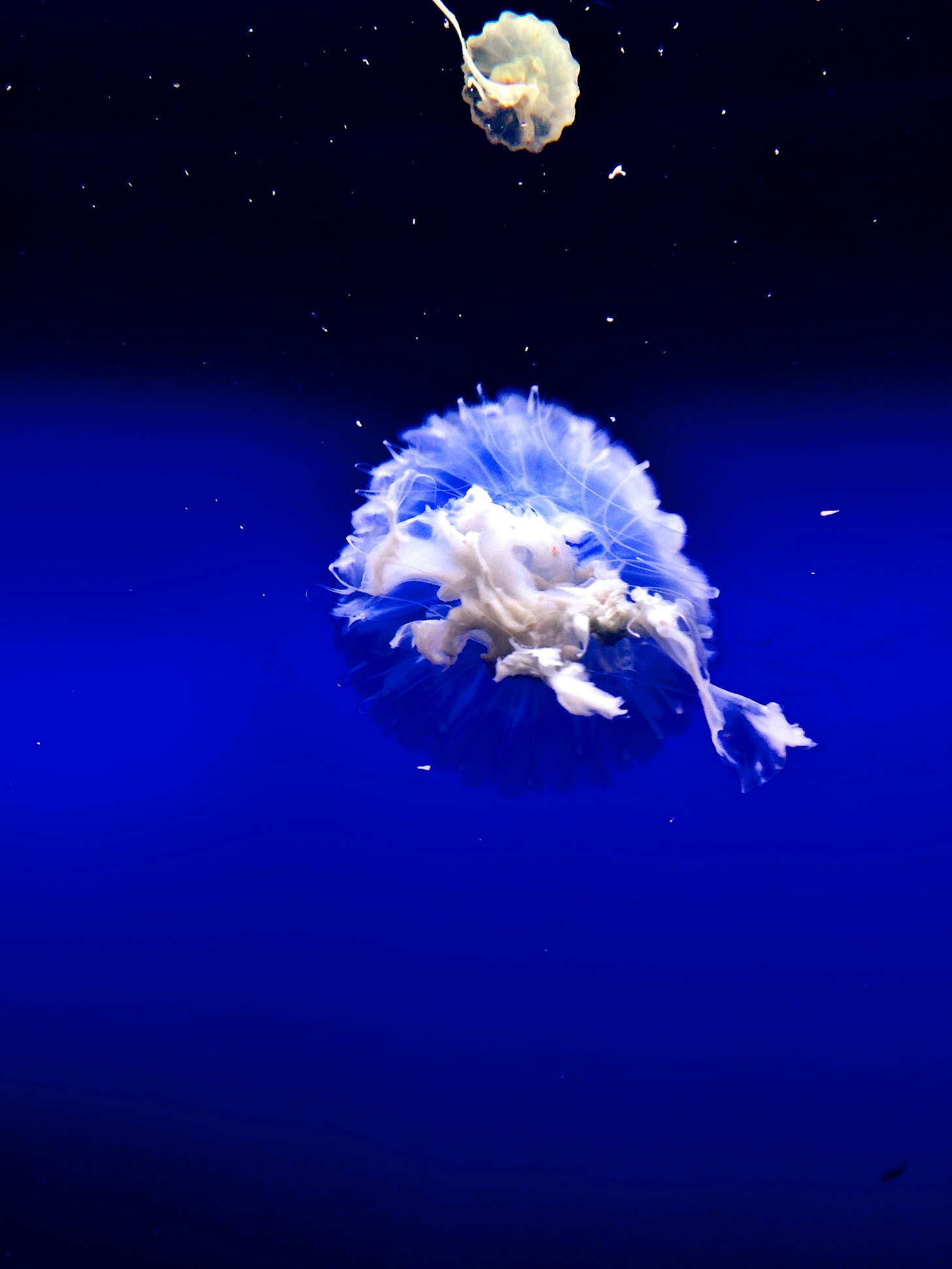This is a prelude to a series on interiority design—a term I’ve coined to describe my autoethnographic research and writing on subjective interiority. If this resonates, I’d love for you to subscribe and share your thoughts in the comments.
“On ne voit bien qu'avec le coeur. L'essentiel est invisible pour les yeux.”
—Antoine de Saint-Exupéry, Le Petit Prince
The biggest mysteries in life might reside in the person next to us.
Just when you think you’ve spent enough time together to trace well-worn paths through their emotional terrain, a crossroads emerges in the foreground. Paths branch out in directions both unfamiliar and faintly terrifying. One wrong step and you could get tripped up on a word, a look, a missed signal—and be marooned in the wilderness of disconnection for a time, or perhaps, forever.

We talk. We text. We tiptoe around our differences with conciliatory “haha”s and emojis. We mould our intentions into the shape of clumsy words, again and again. We try to understand and think we do.
And still, we miss. A joke lands wrong. A conversation turns sour. Silence looms on the horizon.
The most courageous among us confront the fact that we can speak the same language and mean different things.
A word is mapped to many meanings—each drawn from memory, a palimpsest of past, present, and future collapsed into a single cipher. The receiver decrypts this with their key, forged from the successes and failures of past decryptions.
A ciphertext: “Have you eaten?”
The corresponding plaintext: “I love you.”
But some keys are buried, and some are lost. So we stumble through the terrain, searching for them. We have a lifetime to try.
Sometimes, if our loves linger long enough in our orbits, they become the villains in our stories, their past transgressions circling new relationships like vultures. They know the lay of the land better than we do. They dive into faultlines, into parts already succumbing to rot, and wait patiently for carrion.
We are human. We do not wait so patiently for endings.
Being human means jostling with 8.2 billion other human-shaped vessels, each carrying a little infinity. It means holding the tension of living a life steeped in idiosyncratic meaning while struggling to see the same meaning in another.
Every day, we see other vessels, but cannot know their contents:
the map of the soul
the complexities and contradictions in private thought and feeling
the slow, quiet, relentless work of being human
Paradoxically, our need for connection demands that our interiority—our inner life—connects with another’s.
Traverse this territory with our eyes, and we miss its essential architecture. To be deeply connected and truly felt, we need a key, and they need a key.
I’m writing my key. In my work, I’ll be building on this idea:
Interiority design—the practice of inhabiting, shaping, and reclaiming my inner world as a neurodivergent individual.
What is essential to our being is often invisible to the eye. If we gift each other the key, we might truly be able to see and be seen.
Thank you for reading this post! I’m Rachel Tng, a disability and neurodiversity researcher, advocate and artist. If you enjoyed this piece and would like to follow my work, do subscribe to Uninverted—I’ll be posting every other Tuesday!
To learn more about why I started Uninverted, you can check out my first post, “How to translate a mind”.






A very touching and relatable post! Thank you :)